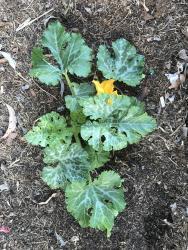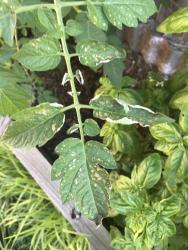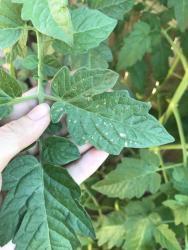Hello everyone,
I am a novice gardener, this is the first time I've tried to grow vegetables. I had bought a small zucchini plant from my hardware store and planted it last December. I had planted it in full sun in a raised garden bed, I watered it every few/couple of days, placed compost around the base, and picked slugs off the leaves at night. It seemed to be growing very well, yesterday it looked quite robust and vigorous. I checked the zucchini last night to pick off any slugs, I could not find any, and it looked perfectly well to me. However, this afternoon I found that the zucchini had dried up dramatically. The leaves had turned light green, were shrivelled up and felt crispy to touch. Some of the stems were completely limp and they were tapered off to the base of the leaf. I don't know what has happened.
I am based in Sydney, Australia
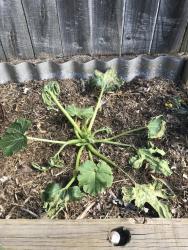


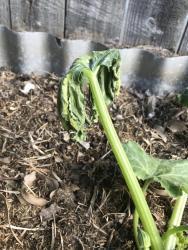
I have a second zucchini plant which is not as affected. However, the tips of some of the leaves are beginning to shrivel up.

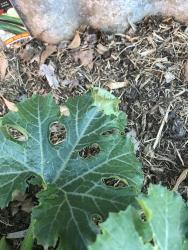
Any advice would be very much appreciated. I want to keep trying to grow vegetables.






